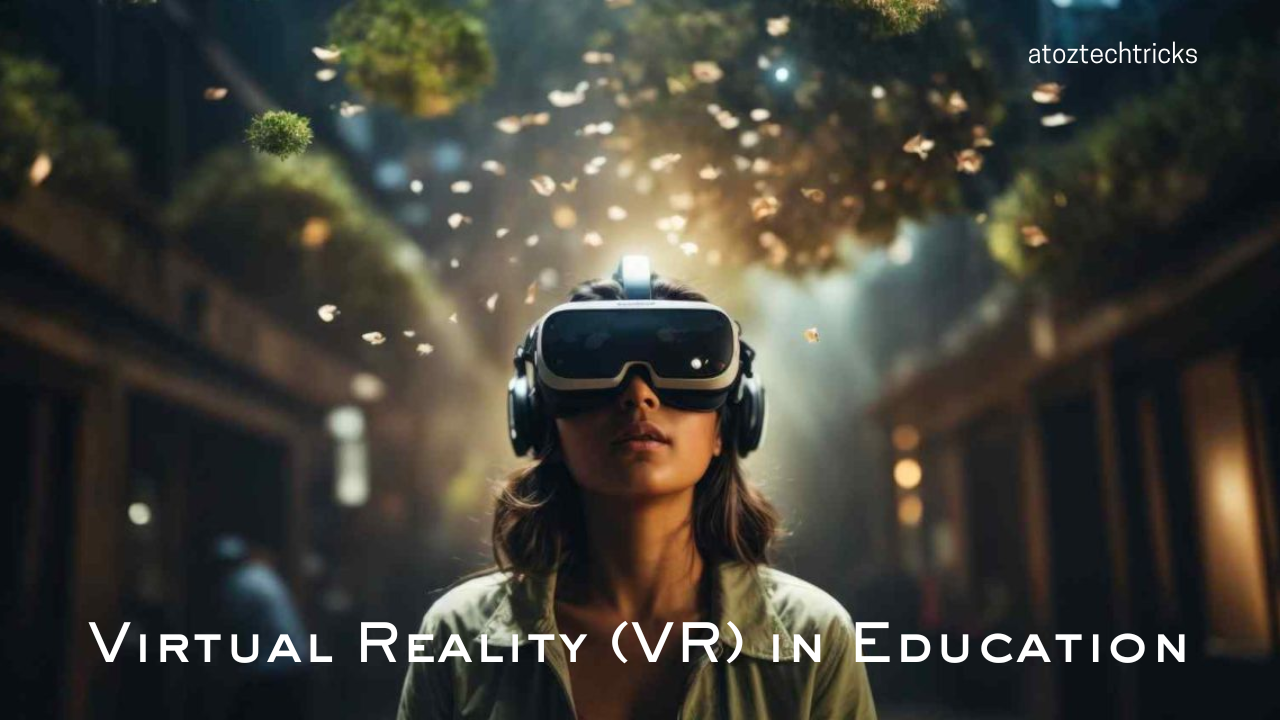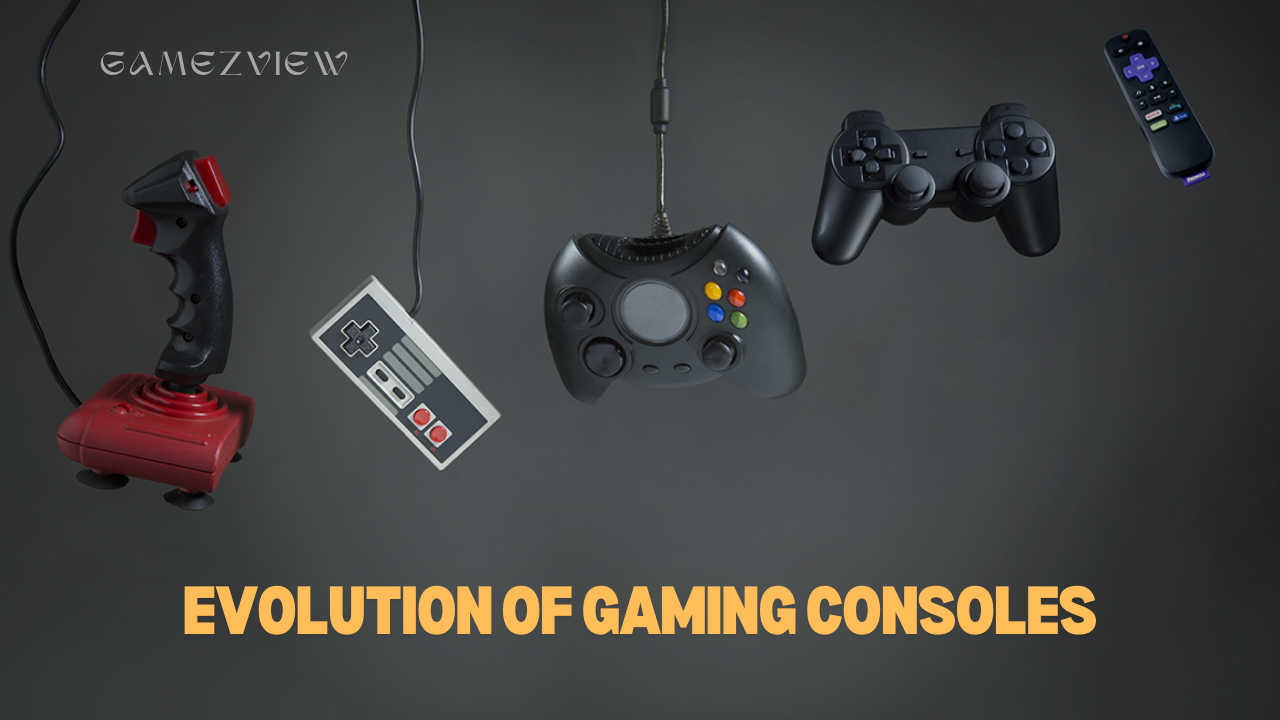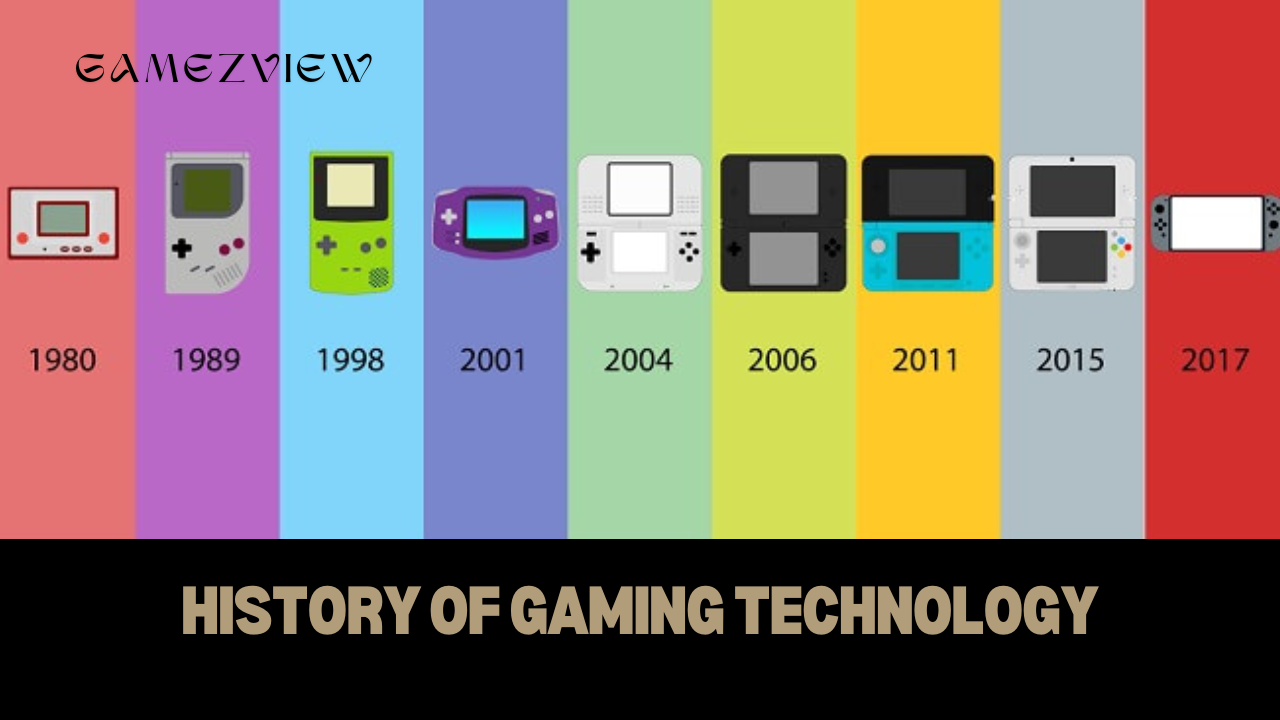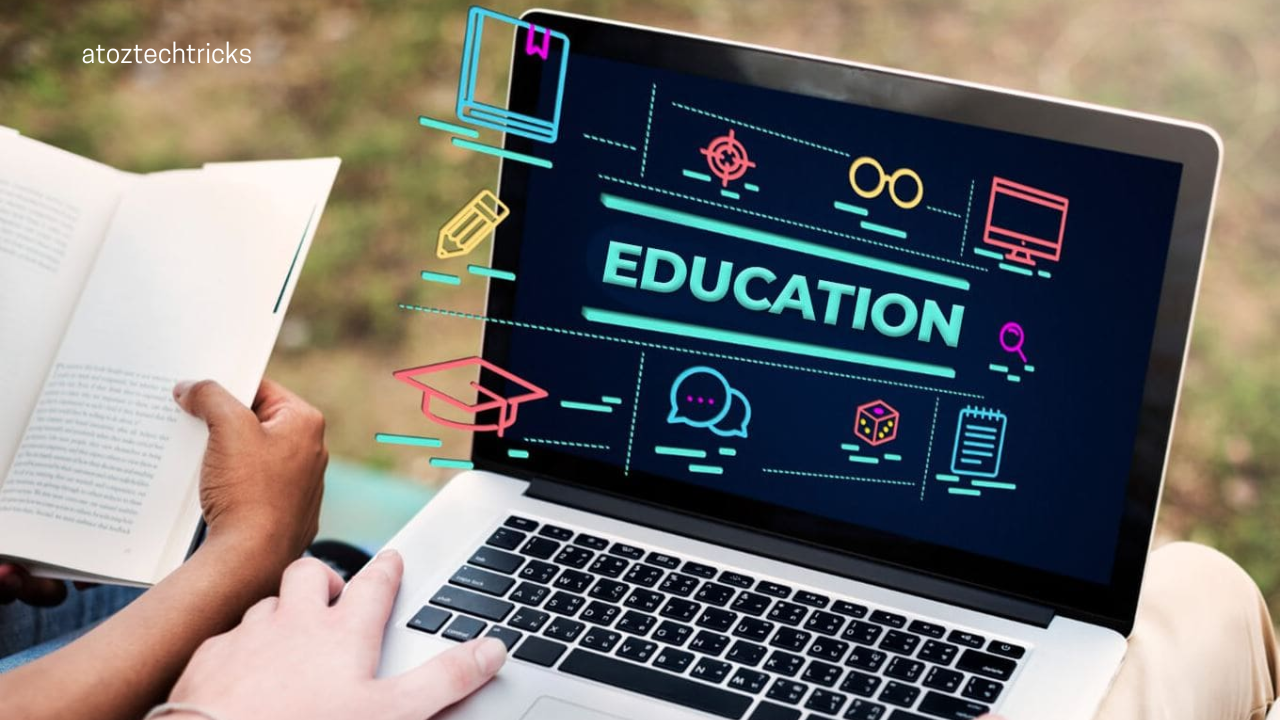The rapid advancement of technology has consistently revolutionized the way we live, work, and learn. One such transformative technology is Virtual Reality (VR), which is increasingly gaining attention in the education sector. As educators and institutions seek innovative ways to engage students and enhance learning experiences, VR presents a compelling solution with its immersive and interactive capabilities. This article explores the potential of VR in education, examining its benefits, challenges, and prospects.
What is Virtual Reality (VR)?
Virtual Reality (VR) is a technology that creates a simulated environment, enabling users to interact with and explore a computer-generated world. Unlike traditional interfaces that allow users to view a screen, VR places the user inside an experience. By stimulating their senses—such as vision, hearing, and touch—VR immerses users in a three-dimensional environment that can closely mimic or entirely differ from the real world.
VR systems typically involve the use of headsets equipped with sensors and displays that respond to the user’s movements. These headsets, combined with hand controllers and other accessories, allow users to navigate and manipulate the virtual environment as if they were physically present within it. This level of immersion and interactivity sets VR apart from other educational technologies, offering a unique and powerful tool for learning.
The Evolution of VR in Education
The concept of using VR in education is not entirely new. Early forms of VR can be traced back to the 1960s when pioneers like Morton Heilig and Ivan Sutherland developed immersive systems such as the Sensorama and the Sword of Damocles. However, these early attempts were limited by the technology of the time and did not gain widespread adoption.
It was not until the 1990s and 2000s that VR began to reemerge as a viable educational tool, thanks to advancements in computing power, graphics, and hardware. During this period, universities and research institutions started exploring VR’s potential in fields such as medicine, engineering, and science. These early experiments laid the groundwork for the more sophisticated and accessible VR systems we see today.
In recent years, VR has seen a resurgence in popularity, driven by the availability of affordable headsets like the Oculus Rift, HTC Vive, and PlayStation VR. The proliferation of these devices, coupled with the development of high-quality educational content, has positioned VR as a promising tool for enhancing learning outcomes across various educational settings.
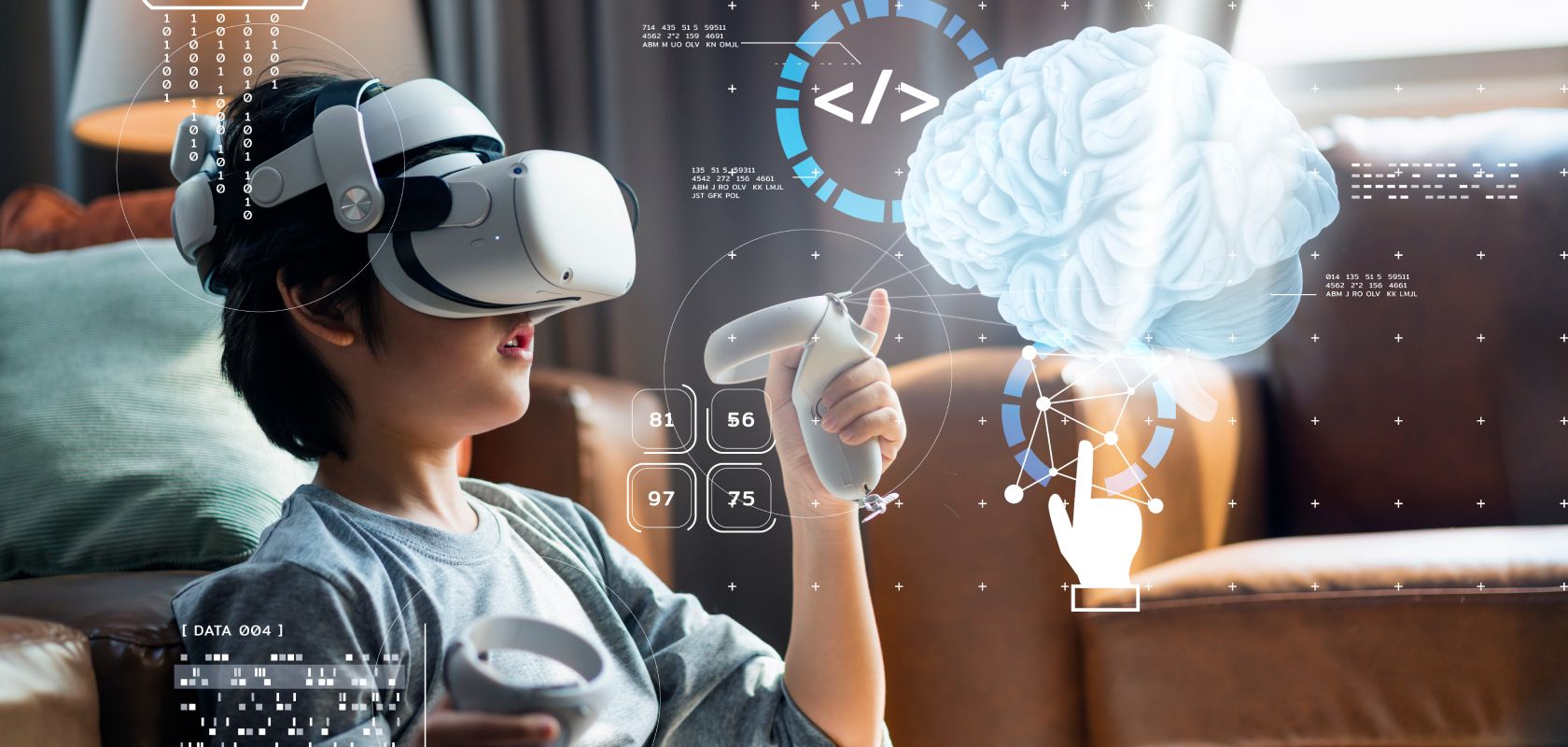
The Benefits of VR in Education
1. Immersive Learning Experiences
One of the most significant advantages of VR in education is its ability to create immersive learning experiences. Traditional classroom settings often rely on textbooks, lectures, and two-dimensional representations of complex concepts. While these methods can be effective, they may not fully engage students or cater to different learning styles.
VR, on the other hand, allows students to immerse themselves in a three-dimensional environment where they can interact with objects, explore scenarios, and tangibly visualize abstract concepts. For example, instead of merely reading about the solar system, students can use VR to take a virtual tour of space, experiencing the scale and movement of planets as if they were astronauts. This level of immersion can help students better understand and retain information, making learning more engaging and effective.
2. Enhanced Visualization of Complex Concepts
Some subjects, such as science, engineering, and mathematics, involve complex concepts that can be challenging to grasp through traditional teaching methods. VR can bridge this gap by providing students with visual and interactive representations of these concepts.
For instance, in biology classes, students can use VR to explore the human body in detail, examining organs, tissues, and cells in three dimensions. In engineering courses, VR can simulate the behaviour of structures under different conditions, allowing students to experiment with designs and understand principles like stress and strain. By enabling students to visualize and manipulate these concepts, VR can make abstract ideas more accessible and easier to comprehend.
3. Safe and Controlled Learning Environments
Certain educational experiences, such as laboratory experiments, medical procedures, or field trips, can involve risks or logistical challenges. VR offers a safe and controlled environment where students can practice skills, conduct experiments, and explore new environments without the associated dangers or costs.
In medical education, for example, VR simulations can allow students to perform surgeries or diagnose patients in a risk-free setting. These simulations can replicate real-world scenarios, providing students with valuable hands-on experience without the need for physical resources or the risk of harm to patients. Similarly, VR can be used to simulate hazardous environments, such as chemical labs or disaster zones, where students can learn how to respond to emergencies in a safe and controlled manner.
4. Increased Accessibility to Learning Opportunities
VR has the potential to democratize education by increasing accessibility to learning opportunities. Traditional education often requires physical presence, which can be a barrier for students in remote areas, those with disabilities, or individuals with limited resources. VR can overcome these barriers by enabling students to access educational content from anywhere in the world.
For instance, VR can provide virtual field trips to historical sites, museums, or natural wonders, allowing students to experience these locations without the need for travel. Additionally, VR can accommodate different learning needs by offering customizable environments and interfaces, making education more inclusive for students with disabilities.
5. Collaboration and Social Learning
Contrary to the misconception that VR is an isolating technology, it can enhance collaboration and social learning. VR platforms can facilitate group interactions, enabling students to work together on projects, solve problems, and engage in discussions within a shared virtual space.
For example, in a virtual classroom, students from different parts of the world can come together to collaborate on a science experiment or participate in a debate. These collaborative experiences can promote teamwork, communication, and cultural exchange, enriching the learning process and fostering a sense of community among students.
Understanding the Basics of Machine Learning and Its Applications
Applications of VR in Different Educational Fields
1. STEM Education
Science, Technology, Engineering, and Mathematics (STEM) education is one of the areas where VR has made significant inroads. VR can enhance STEM learning by providing interactive simulations, virtual labs, and 3D visualizations that help students understand complex concepts and apply them in real-world scenarios.
For example, in physics, students can use VR to simulate and experiment with concepts such as gravity, motion, and electromagnetism. In chemistry, virtual labs can allow students to conduct experiments with hazardous materials in a safe environment. These applications not only make learning more engaging but also help students develop critical thinking and problem-solving skills.
2. Medical and Healthcare Education
Medical and healthcare education is another field where VR has shown great promise. VR simulations can provide medical students with realistic training scenarios, allowing them to practice surgical procedures, diagnose patients, and develop clinical skills without the need for live patients.
For instance, VR can simulate complex surgeries, enabling students to perform virtual dissections and practice techniques in a controlled environment. These simulations can replicate the tactile feedback and visual cues of real surgeries, helping students develop muscle memory and precision. Additionally, VR can be used to train healthcare professionals in emergency response, patient care, and medical ethics, ensuring that they are well-prepared for real-world challenges.
3. History and Social Studies
VR can bring history and social studies to life by transporting students to different periods, cultures, and historical events. Instead of relying on textbooks and lectures, students can use VR to experience history firsthand, explore ancient civilizations, witness significant events, and interact with historical figures.
For example, students can take a virtual tour of ancient Rome, walk through the Colosseum, visit the Forum, and interact with Roman citizens. They can also experience pivotal moments in history, such as the signing of the Declaration of Independence or the fall of the Berlin Wall, gaining a deeper understanding of the context and significance of these events. By making history more immersive and engaging, VR can foster a greater appreciation for the subject and encourage critical thinking about historical narratives.
4. Language Learning
Language learning can be greatly enhanced through VR by providing immersive environments where students can practice speaking, listening, and interacting in a foreign language. Traditional language classes often rely on rote memorization and limited opportunities for real-world practice. VR can overcome these limitations by creating scenarios where students can engage in conversations with native speakers, navigate foreign cities, and experience cultural nuances.
For instance, a student learning Spanish can use VR to explore a virtual version of Madrid, order food in a restaurant, ask for directions, and converse with locals. These experiences can help students develop language proficiency and cultural awareness in a more natural and context-rich environment.
5. Special Education
VR has the potential to revolutionize special education by providing tailored learning experiences for students with diverse needs. Traditional classrooms may not always accommodate the unique requirements of students with disabilities, leading to disparities in educational outcomes. VR can address this issue by offering customizable environments, assistive technologies, and sensory experiences that cater to individual learning styles.
For example, VR can create calming environments for students with sensory processing disorders, helping them manage anxiety and focus on learning. It can also provide visual and auditory cues for students with hearing or vision impairments, ensuring that they can fully participate in educational activities. By making education more inclusive and adaptable, VR can help bridge the gap for students with special needs.
Challenges and Limitations of VR in Education
1. High Costs and Accessibility
One of the primary challenges of implementing VR in education is the high cost of hardware, software, and content development. While the price of VR headsets has decreased in recent years, the overall cost of deploying VR systems in schools and institutions can still be prohibitive, particularly for underfunded or rural schools.
Additionally, the accessibility of VR technology remains a concern. Not all students have access to the necessary equipment or high-speed internet required for VR experiences, creating disparities in educational opportunities. To fully realize the potential of VR in education, efforts must be made to reduce costs and improve accessibility for all students.
2. Technical Challenges and Maintenance
VR systems require specialized hardware, software, and technical expertise to operate and maintain. Schools and institutions may face challenges in setting up and managing VR systems, particularly if they lack the necessary technical support or infrastructure.
Technical issues such as software glitches, hardware malfunctions, and compatibility problems can disrupt the learning experience and deter educators from adopting VR. Regular maintenance and updates are also necessary to ensure that VR systems remain functional and up-to-date. Addressing these technical challenges is crucial to ensuring the smooth integration of VR into educational settings.
3. Limited Content and Curriculum Integration
While the availability of educational VR content has increased, there is still a limited range of high-quality, curriculum-aligned content available for different subjects and grade levels. Developing VR content that aligns with educational standards and learning objectives can be time-consuming and expensive, limiting its widespread adoption.
Furthermore, integrating VR into the curriculum requires careful planning and consideration. Educators must ensure that VR experiences are not just novel but also pedagogically sound and aligned with learning goals. This may require professional development and training for teachers to effectively incorporate VR into their teaching practices.
4. Health and Safety Concerns
Extended use of VR can lead to health and safety concerns, particularly for younger students. Issues such as eye strain, motion sickness, and disorientation are common among VR users, especially when using headsets for prolonged periods.
There are also concerns about the potential psychological effects of VR, such as desensitization to real-world experiences or the blurring of boundaries between virtual and physical reality. Educators must be mindful of these risks and establish guidelines for safe and responsible VR use in the classroom.
5. Ethical and Privacy Considerations
The use of VR in education raises ethical and privacy considerations, particularly regarding data collection, surveillance, and the potential for misuse. VR systems often collect data on users’ movements, interactions, and behaviours, raising concerns about student privacy and data security.
Additionally, the immersive nature of VR can blur the lines between education and entertainment, leading to questions about the appropriate use of VR in educational settings. Educators and institutions must navigate these ethical and privacy challenges to ensure that VR is used responsibly and in the best interests of students.

The Future of VR in Education
Despite the challenges, the future of VR in education is promising. As technology continues to advance, VR is likely to become more accessible, affordable, and integrated into educational practices. The development of new content, tools, and platforms will further expand the possibilities of VR in education, offering innovative ways to enhance learning outcomes and engage students.
1. Personalized and Adaptive Learning
One of the most exciting prospects for VR in education is its potential to support personalized and adaptive learning. VR systems can track students’ progress, identify their strengths and weaknesses, and tailor experiences to meet their individual needs. This level of personalization can help students learn at their own pace, ensuring that they receive the support and challenges necessary for their growth.
Adaptive learning algorithms, combined with VR, can create dynamic learning environments that adjust in real time to students’ performance. For example, a VR math tutor could provide additional practice problems or adjust the difficulty level based on a student’s progress. By offering personalized and adaptive learning experiences, VR can help students achieve better outcomes and foster a love of learning.
2. Integration with Other Technologies
The integration of VR with other emerging technologies, such as artificial intelligence (AI), augmented reality (AR), and the Internet of Things (IoT), could further enhance its impact on education. AI can provide intelligent tutoring systems within VR, offering personalized feedback and guidance to students. AR can complement VR by overlaying digital content onto the physical world, creating blended learning experiences that combine the best of both realities.
The IoT can connect VR systems with other devices and sensors, enabling real-time data collection and analysis. For instance, a VR science lab could use IoT sensors to monitor students’ experiments and provide immediate feedback on their results. The convergence of these technologies could create a more interconnected and immersive educational ecosystem, offering new possibilities for learning and collaboration.
3. Expanding Access and Equity
As the cost of VR technology decreases and accessibility improves, VR has the potential to democratize education by providing equal access to high-quality learning experiences. Initiatives aimed at providing VR headsets and content to underserved communities could help bridge the digital divide and ensure that all students have the opportunity to benefit from immersive learning.
Furthermore, the development of open-source VR platforms and content could empower educators and students to create and share their own VR experiences, fostering a more inclusive and collaborative educational environment. By expanding access and equity, VR can contribute to a more just and equitable education system.
Virtual Reality (VR) is poised to revolutionize education by offering immersive, interactive, and personalized learning experiences. From enhancing STEM education to transforming medical training, VR has the potential to reshape the way we teach and learn across various fields. However, the widespread adoption of VR in education will require addressing challenges such as cost, accessibility, technical issues, and ethical considerations.

As technology continues to evolve, the future of VR in education looks promising. By harnessing the power of VR and integrating it with other emerging technologies, educators and institutions can create more engaging, effective, and equitable learning environments. As we explore the potential of VR in education, we must also ensure that it is used responsibly and thoughtfully, with the ultimate goal of enriching the educational experience for all students.
